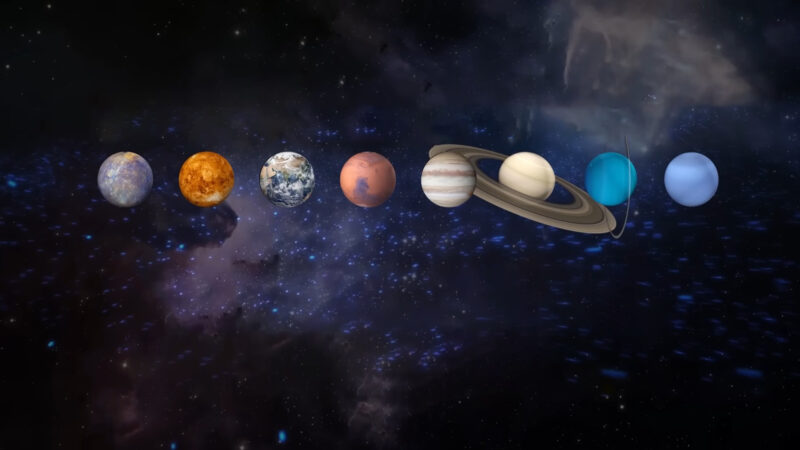The mysteries of our solar system have always captivated the human imagination. From ancient civilizations that looked up to the stars and planets for guidance, to modern-day astronomers and scientists who dedicate their lives to unraveling the secrets of the universe, the quest for knowledge is never-ending.
One such mystery that has intrigued scientists for years is the possibility of a ninth planet in our solar system. Recent research suggests that there may have once been a ninth planet after all, and its existence could explain some of the discrepancies we observe in the orbits of Earth and Mars.
The Discovery: A New Perspective on Our Solar System
The solar system as we know it has always been considered to have eight planets. However, recent research by Ryan Cloutier and his colleagues suggests that this might not have always been the case. According to Ryan Cloutier and his team, the discrepancies in the orbits of Earth and Mars suggest that there may have once been an additional ice giant in our solar system.
If only eight planets existed, Earth and Mars wouldn’t technically be in their current positions. This discrepancy can be explained if there was an additional planet in the mix, leading to the theory of a ninth planet.
Their computer models support this theory. The models show that if this planetary event took place, Jupiter’s moon would still be in its current orbit.
This suggests that the ninth planet might have been even more massive than Jupiter, the second most massive body in our solar system after the sun.
The Ejection: How Jupiter Played a Role
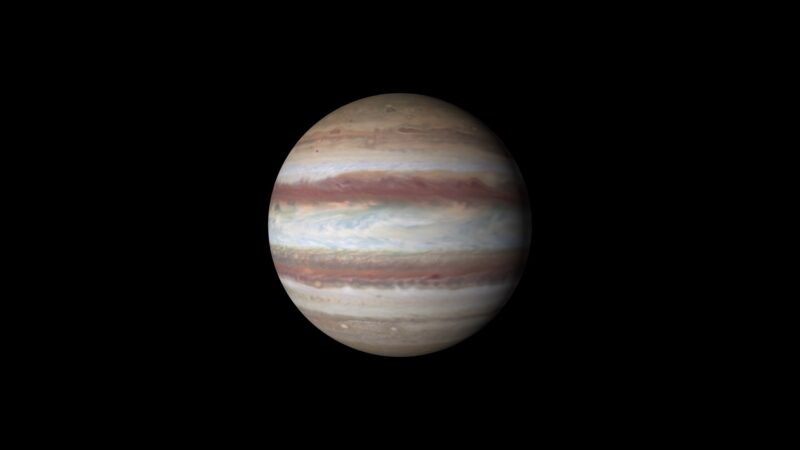
The dynamics of our solar system are influenced by the gravitational forces of its celestial bodies. Jupiter, being the most massive planet, has a significant gravitational pull that can affect the orbits of other planets and celestial objects.
The research suggests that a gravitational interaction between Jupiter and this theorized ninth planet would have caused the latter to be ejected from the solar system. This mechanism is similar to the slingshot maneuvers used by space agencies like NASA to accelerate spacecraft past massive bodies.
The ninth planet, after its interaction with Jupiter, would have been sent hurtling out of the solar system, becoming what is known as a rogue planet. Rogue planets are fascinating celestial bodies.
They are planets without a star, wandering through the vastness of space. It’s believed that these planets are ejected from their solar systems during the early stages of the system’s evolution, a process similar to what is described in Cloutier’s research.
The Legacy: The Ninth Planet Hypothesis
The idea of a ninth planet is not new. It has been a topic of discussion among astronomers and scientists for years. However, the recent study by Cloutier and his team brings new evidence to the table, reigniting the debate.
The hypothesis of an additional planet was first proposed in 2011. While the idea was intriguing, it lacked substantial evidence. However, the recent findings by Cloutier and his colleagues suggest that there’s a real possibility that a ninth planet did exist in our solar system.
Their research provides a compelling argument in favor of this theory. Of course, there are other explanations that could potentially account for the discrepancies in the orbits of Earth and Mars.
The solar system is a complex entity, and many factors can influence the positions and orbits of its planets. Further research is needed to draw a definitive conclusion.
But for now, the possibility of a ninth planet adds another layer of mystery to our understanding of the cosmos.
The Implications: What This Means for Our Understanding
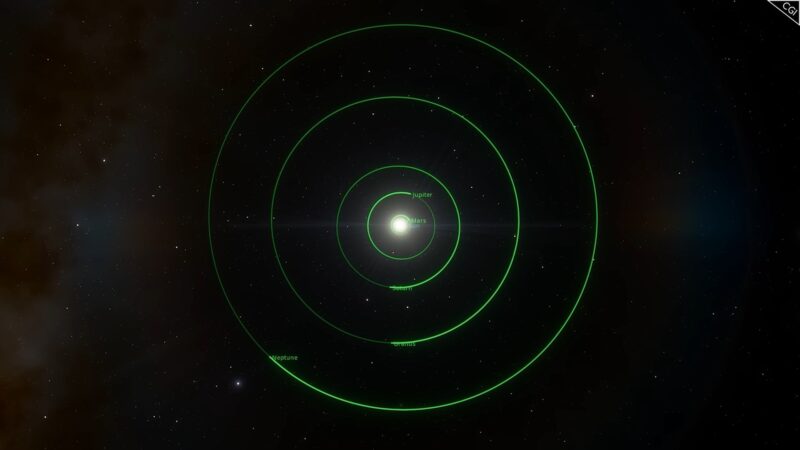
Discoveries like these don’t just add a new chapter to our textbooks; they reshape our understanding of the universe. The existence of a ninth planet, if proven true, would have profound implications for various fields of study.
The presence of an additional planet in our solar system would mean that our understanding of planetary formation and evolution needs revisiting. Planets form from the dust and gas left over after a star is born.
If there was a ninth planet, it would suggest that the early solar system had more material than previously thought, or that the processes of planetary formation were more complex. Additionally, the ejection of such a massive body would have caused significant disturbances in the solar system.
This could have led to changes in the orbits of other planets, asteroid belts, and even the Oort cloud, a vast region of icy bodies that lies far beyond Pluto.
The Hunt: Searching for the Lost Planet
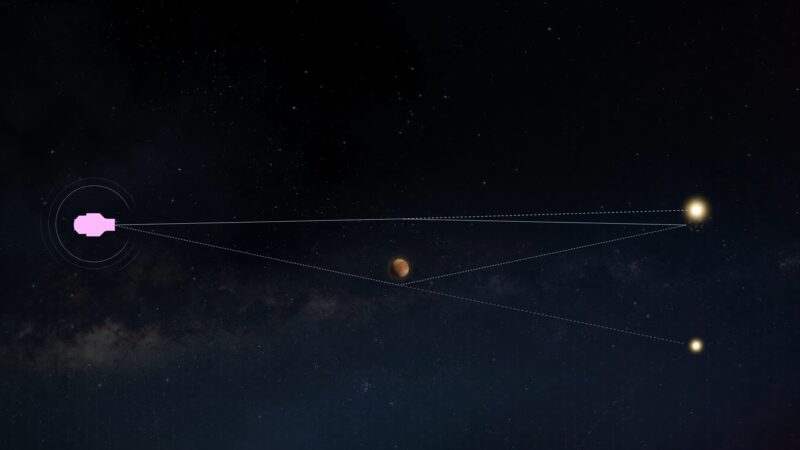
The idea of a ninth planet naturally leads to the question: Where is it now? If it was ejected from the solar system, is there any way we can find it or at least evidence of its past existence?
With the advancements in telescope technology and space exploration, the hunt for the lost ninth planet is on. Rogue planets, by definition, do not orbit a star, making them difficult to spot.
They don’t emit light like stars, and they don’t reflect light like planets in a solar system. However, they can be detected through their gravitational effects on nearby objects or if they pass in front of a distant star, causing a temporary dimming, known as a microlensing event.
Several space agencies and observatories are on the lookout for such events. If the ninth planet is out there, wandering the vastness of space, there’s a chance we might spot it.
Even if we don’t find the planet itself, finding evidence of its past existence in our solar system would be a monumental discovery.
The Broader Universe: Rogue Planets and Galactic Wonders
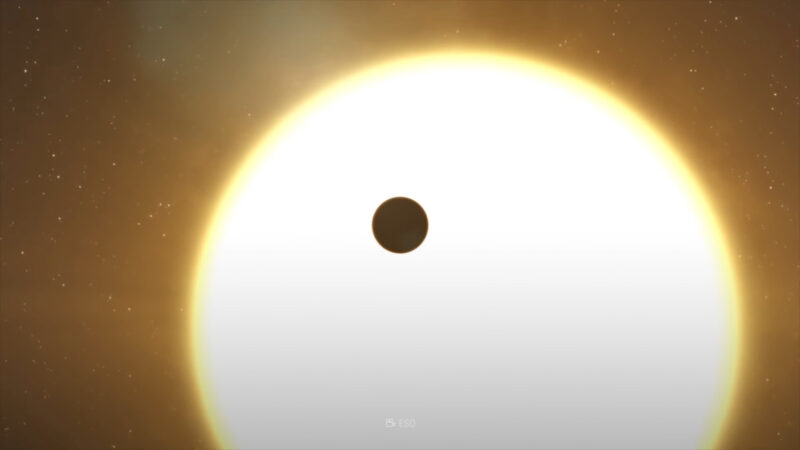
While the ninth planet’s story is fascinating, it’s essential to understand that our solar system is just a tiny speck in the vast universe. The concept of rogue planets isn’t limited to our neighborhood; they are believed to be abundant in the galaxy.
Rogue planets are a testament to the dynamic and ever-changing nature of galaxies. They are believed to be quite common, with some estimates suggesting that there might be more rogue planets in our Milky Way galaxy than stars.
These planets, once part of a star system, get ejected due to gravitational interactions and wander the galaxy, untethered to any star. The existence of rogue planets challenges our understanding of planet formation and survival.
Without a star to provide warmth, these planets are cold and dark. However, some scientists believe that under the right conditions, rogue planets with subsurface oceans could potentially harbor life.
Frequently Asked Questions (FAQ)
How do scientists determine the number of planets in our solar system?
Scientists use telescopes and other observational tools to study celestial bodies. Planets are identified based on their orbits around the sun, their size, and other distinguishing characteristics.
What happened to Pluto? Why isn’t it considered a planet anymore?
In 2006, the International Astronomical Union (IAU) redefined the criteria for classifying celestial bodies as planets. Pluto didn’t meet all the new criteria, mainly because it hasn’t cleared its orbit of other debris. As a result, it was reclassified as a “dwarf planet.”
Are there other potential planets beyond Neptune that we don’t know about?
Yes, there’s a hypothesis about a potential “Planet Nine” beyond Neptune, which is different from the ninth planet discussed in this article. This “Planet Nine” is believed to be influencing the orbits of objects in the Kuiper Belt.
How do rogue planets form?
Rogue planets typically form within a star system but are ejected due to gravitational interactions with other celestial bodies, like larger planets or passing stars.
Can rogue planets re-enter a star system?
While it’s theoretically possible, the chances are slim. Once a planet is ejected and becomes a rogue planet, it would require a precise set of circumstances to be captured by another star’s gravitational pull.
Final Words
The universe is expansive, enigmatic, and continuously changing, with potential threats from the Higgs Boson. The possibility of a ninth planet in our solar system reminds us of the wonders that await discovery and the ever-present need to question and expand our understanding.
As technology advances and our reach into the cosmos extends, who knows what other secrets we’ll uncover? For now, the tale of the lost ninth planet serves as a testament to the dynamic nature of our universe and the endless possibilities that lie within.

